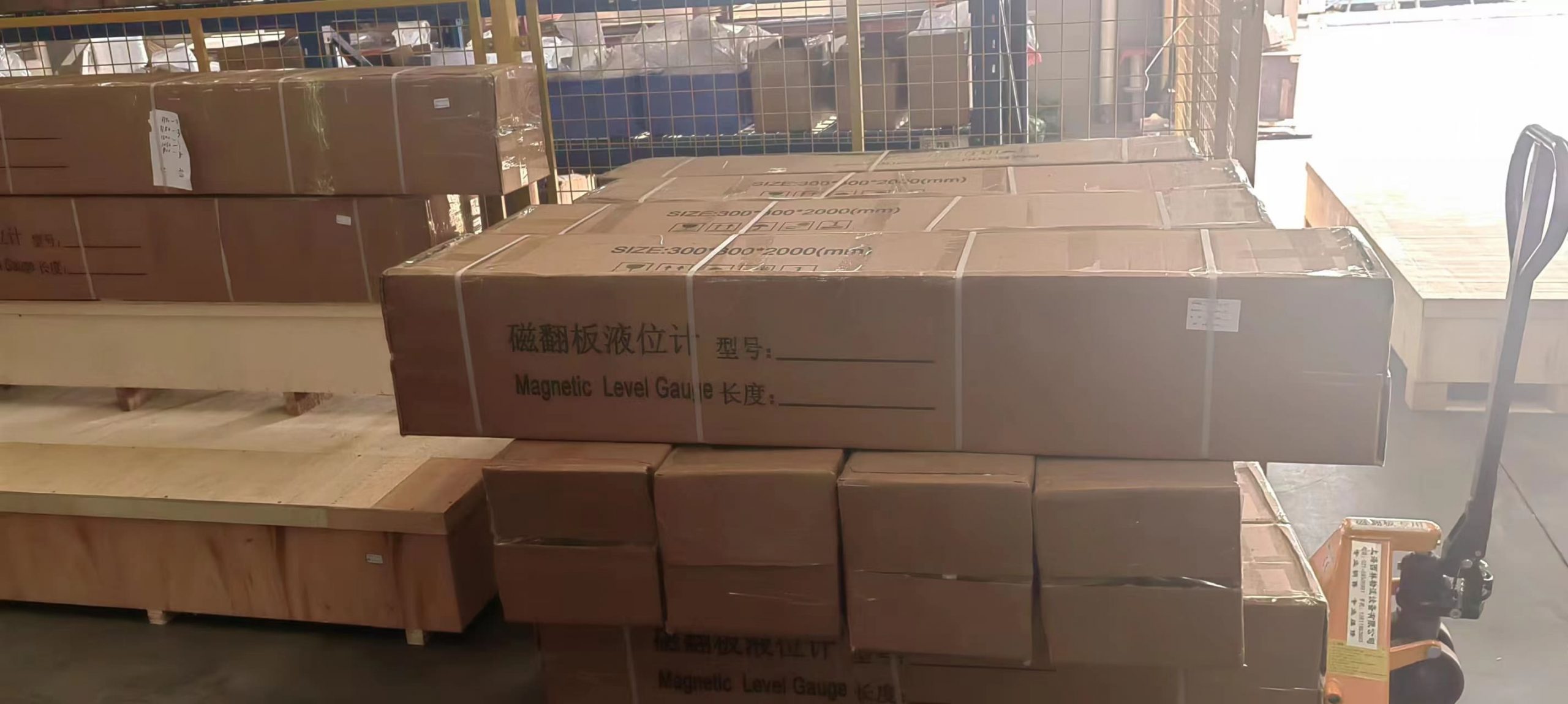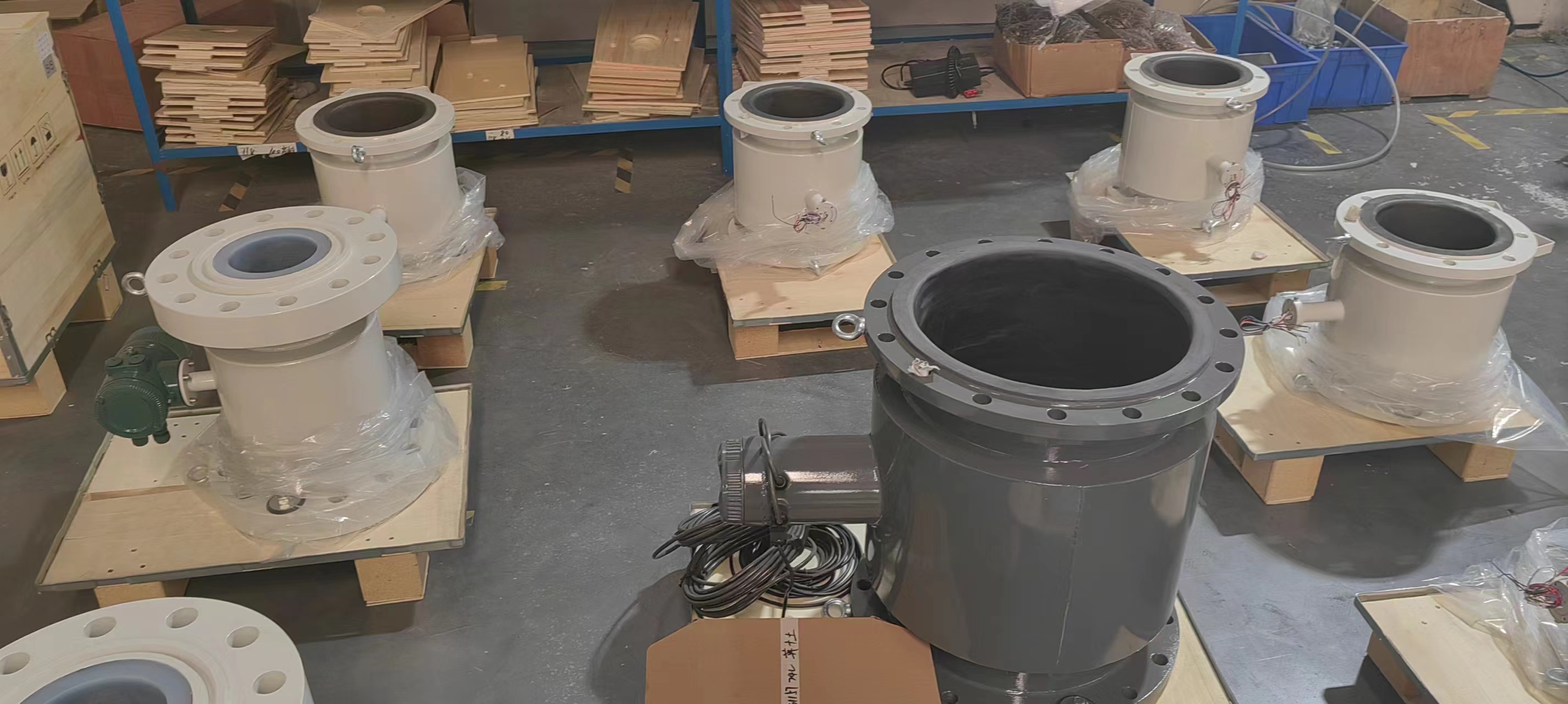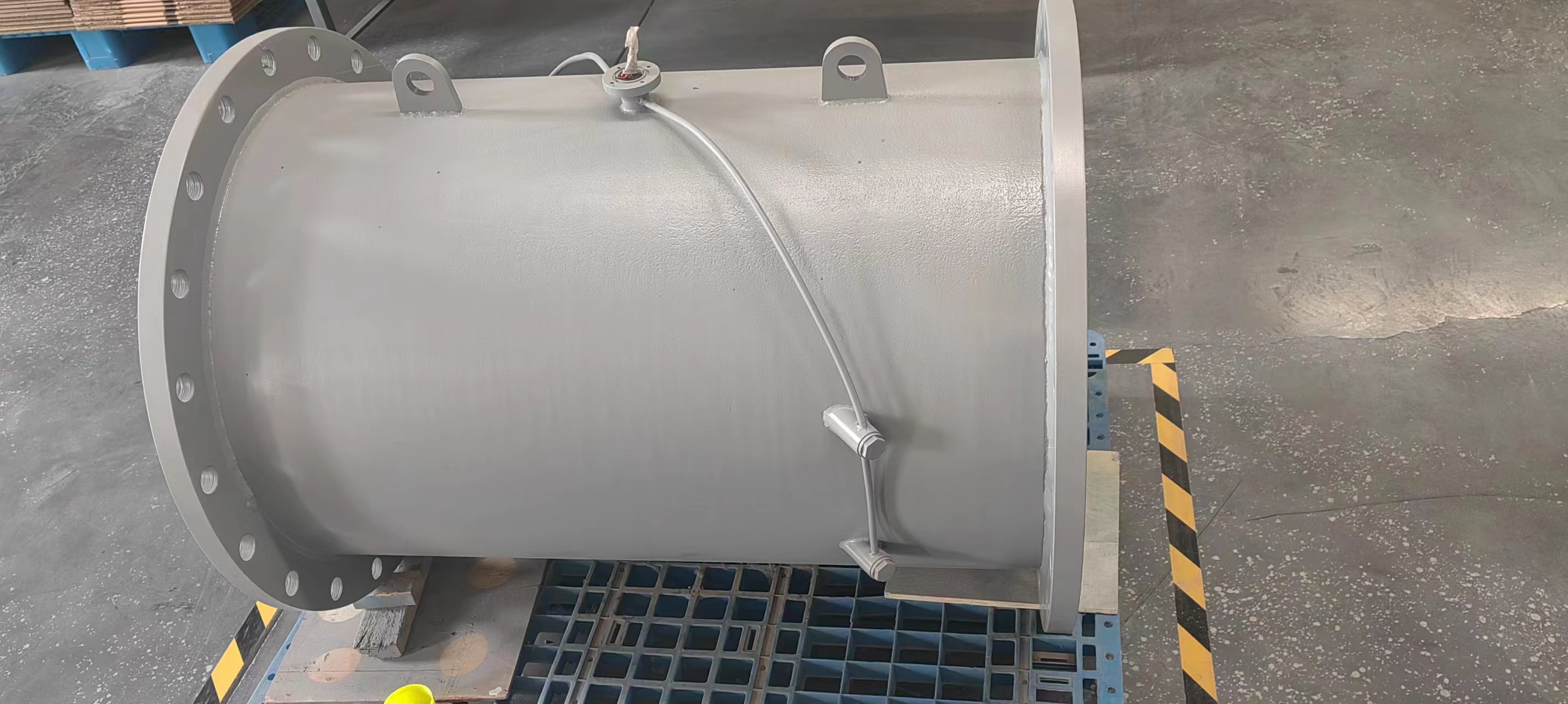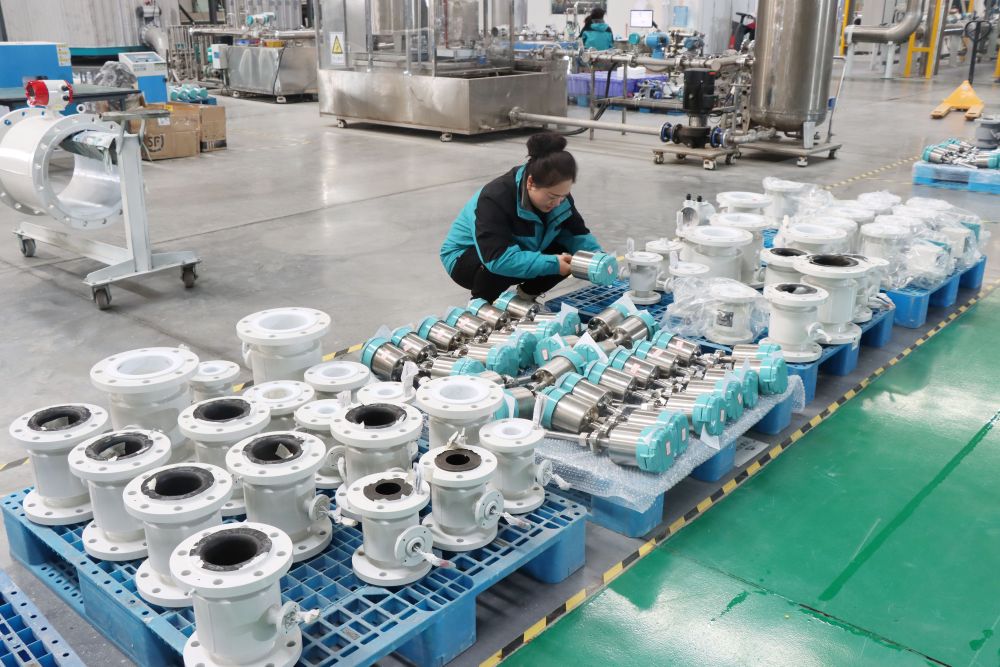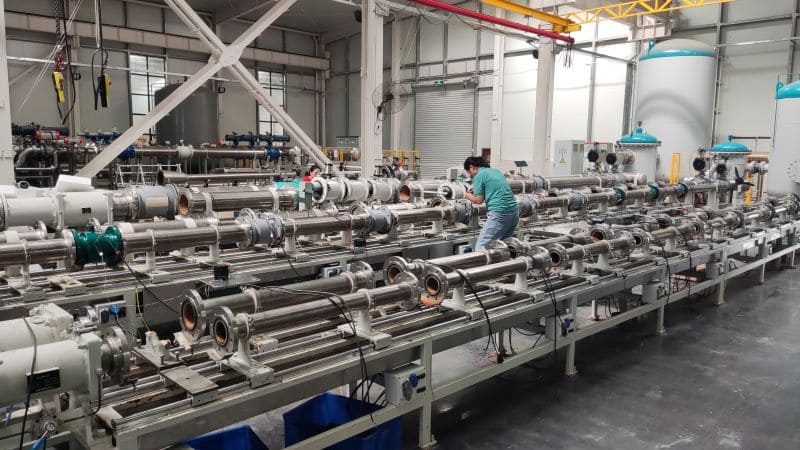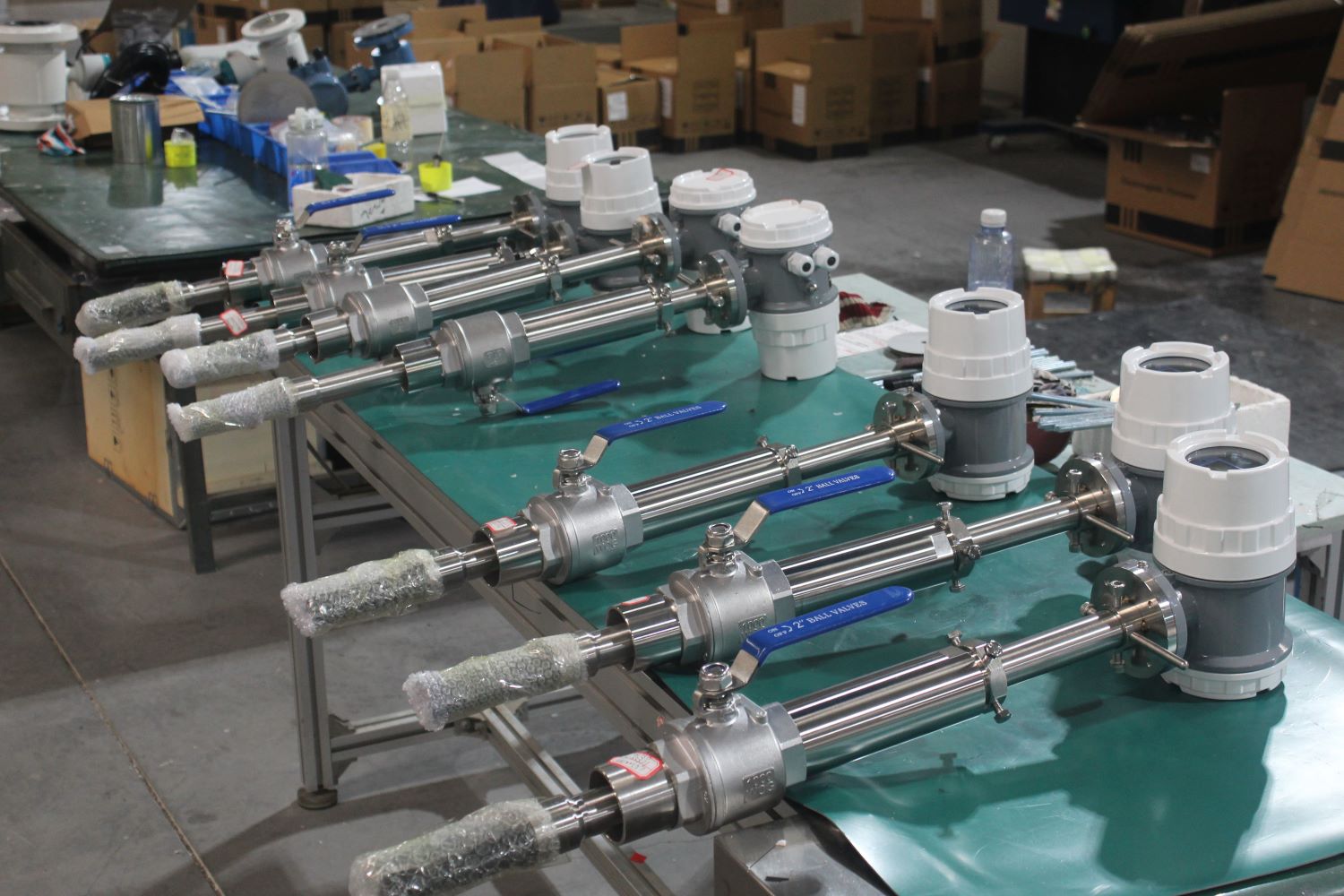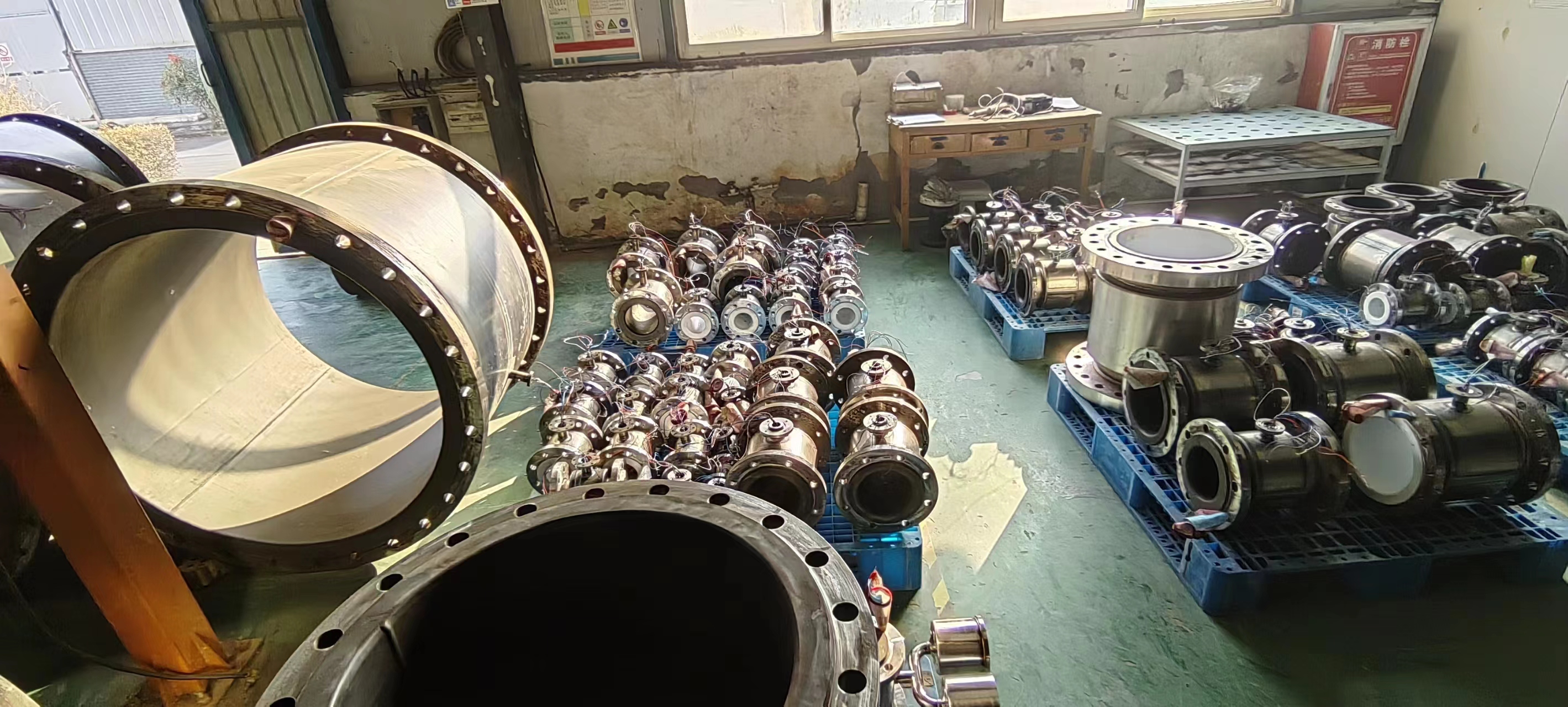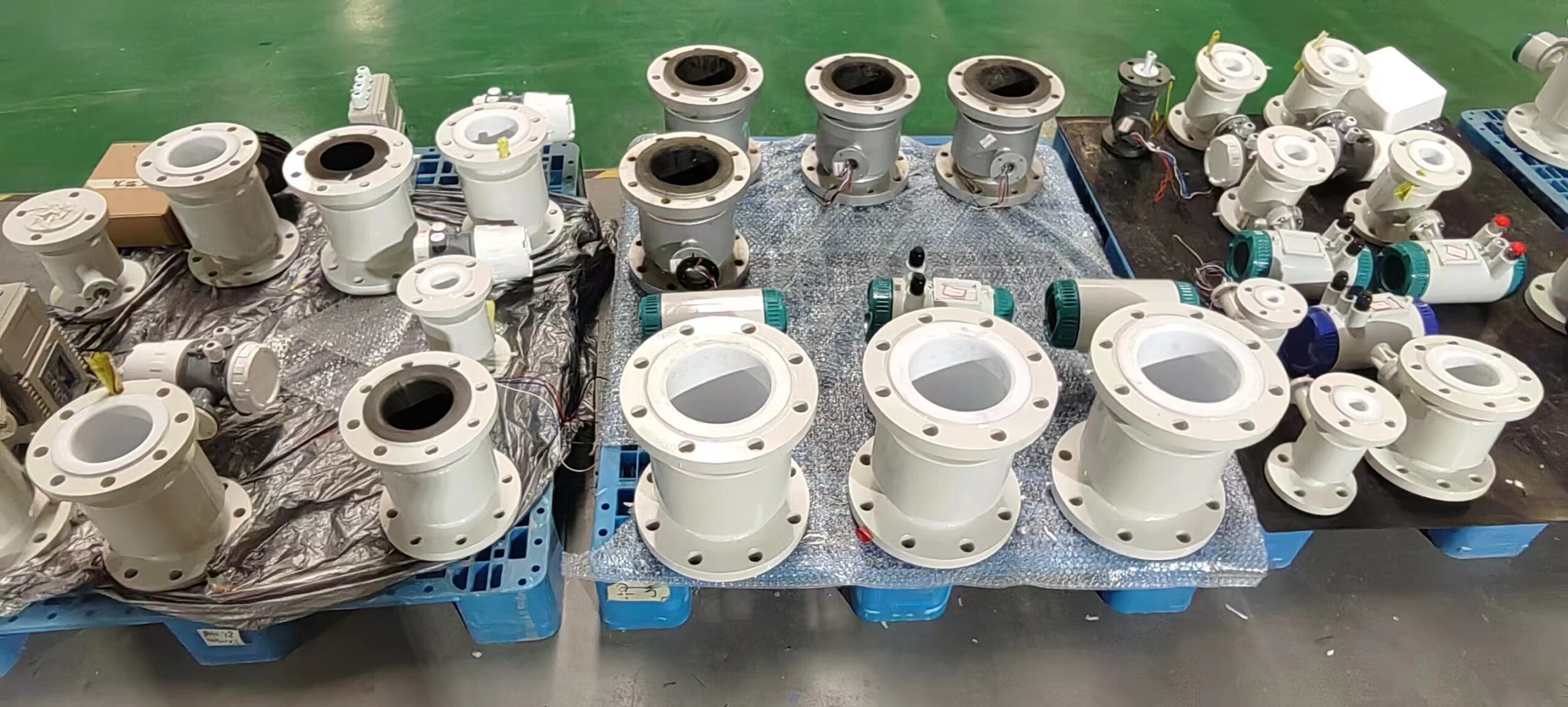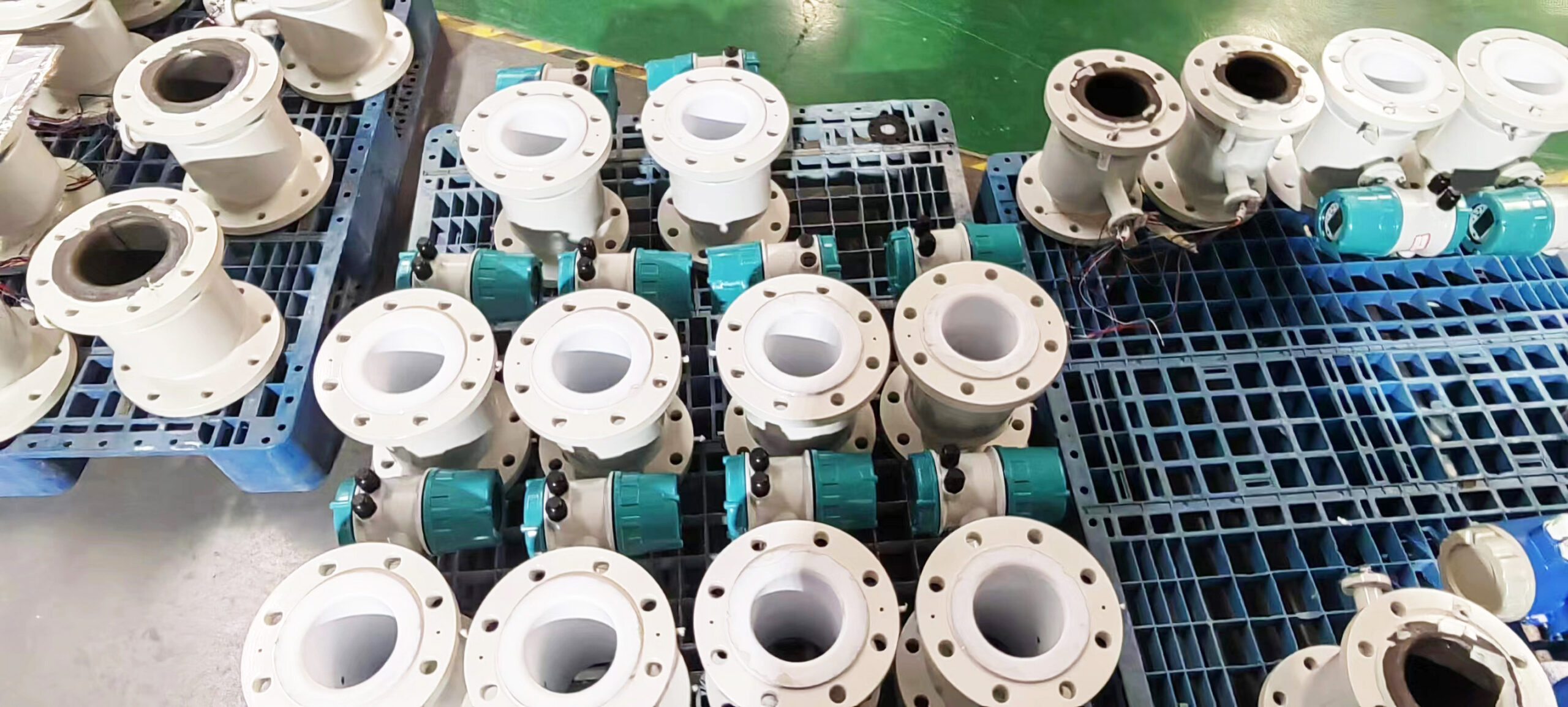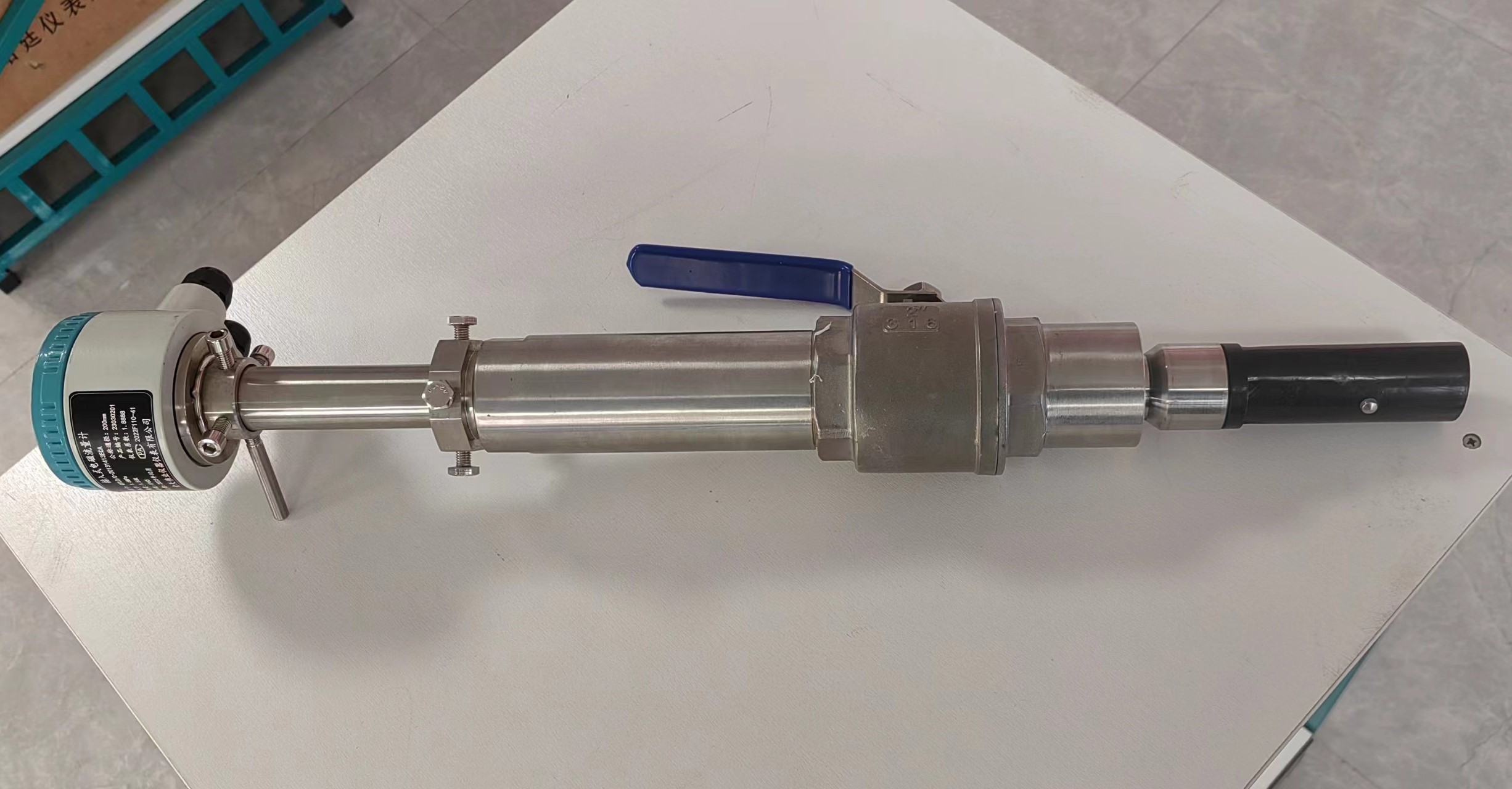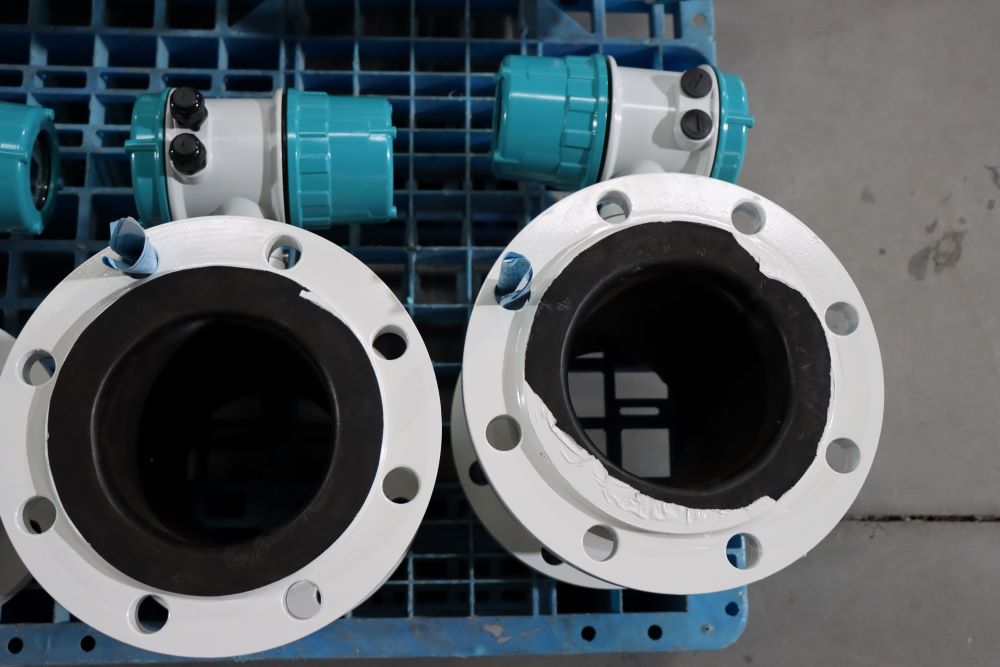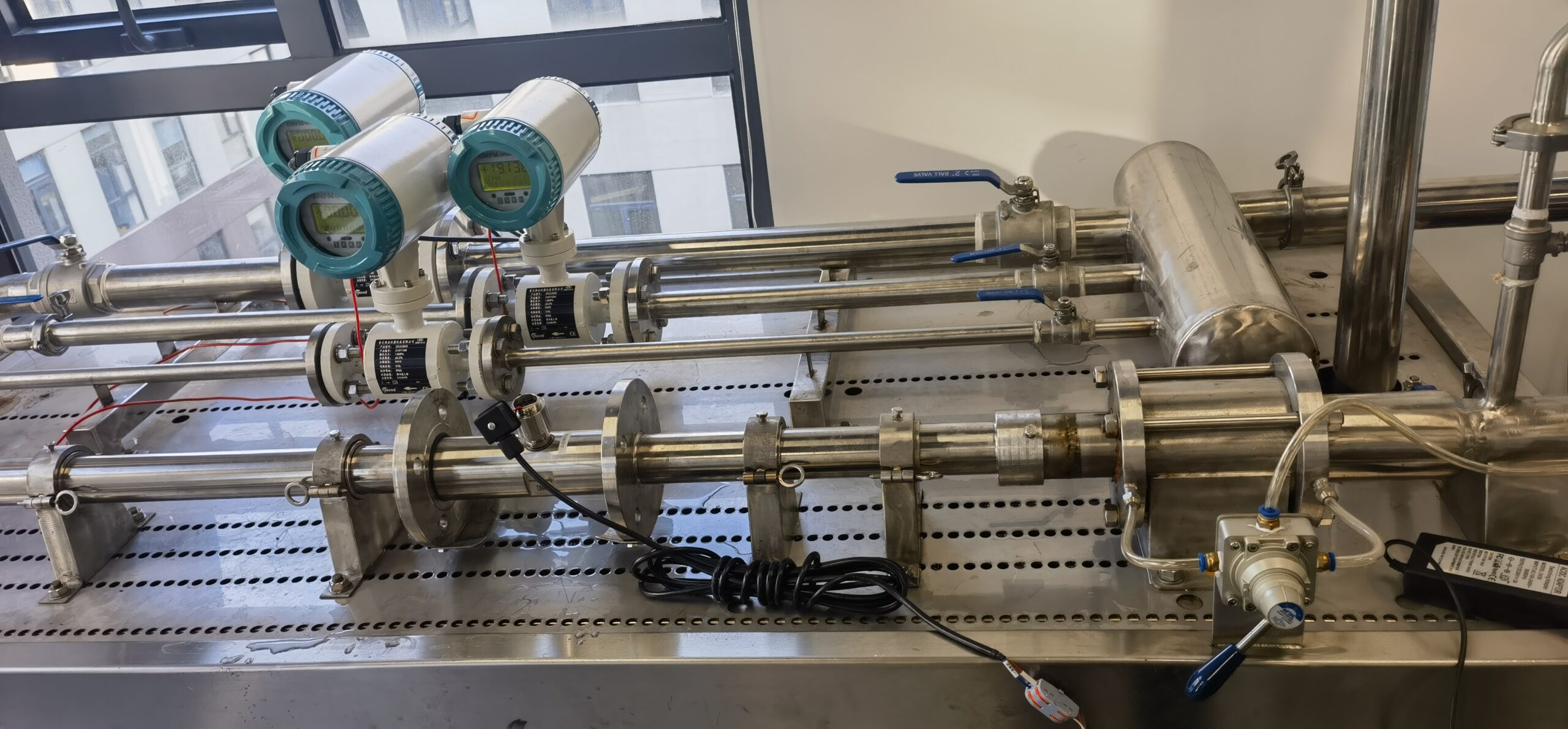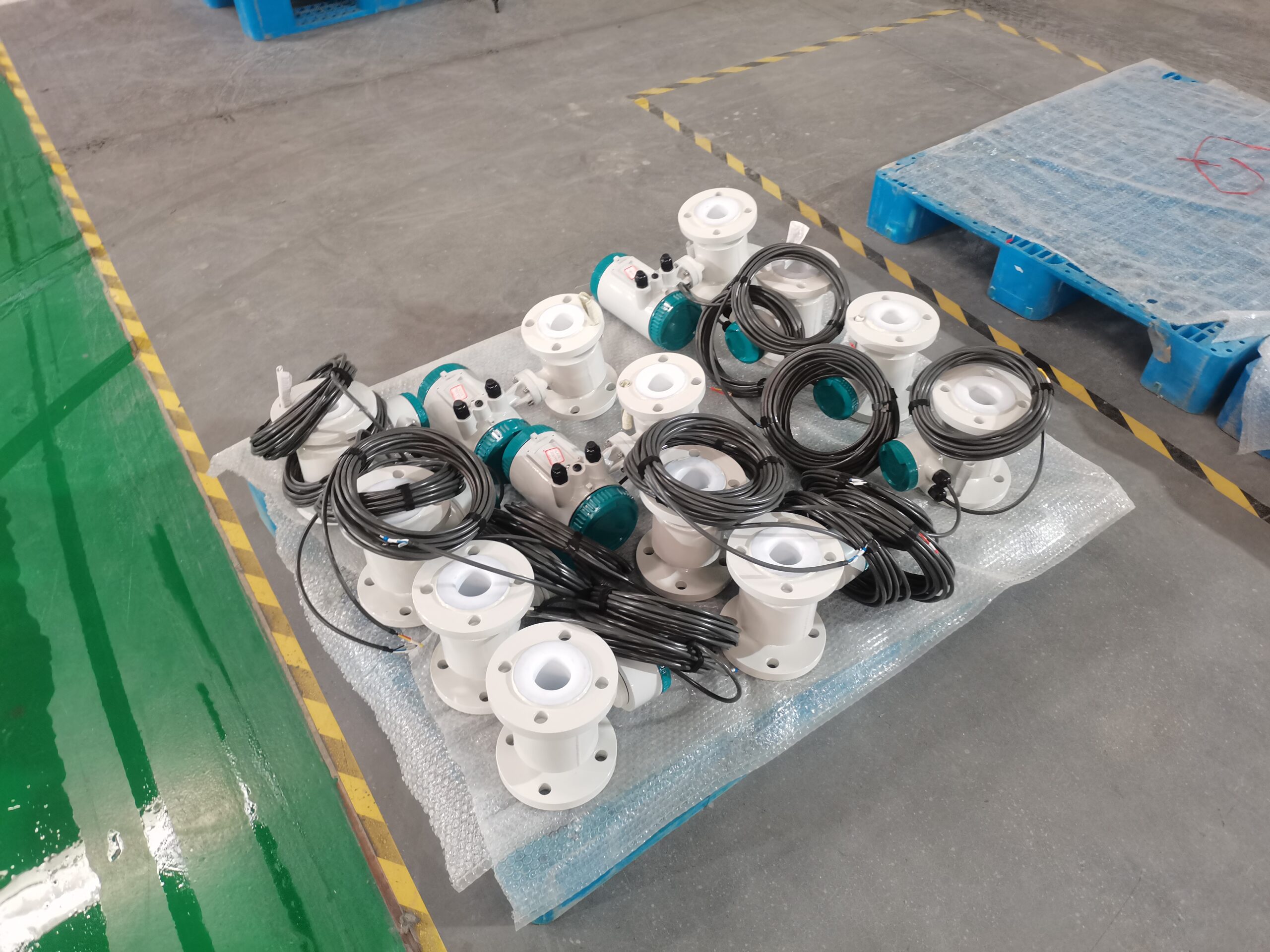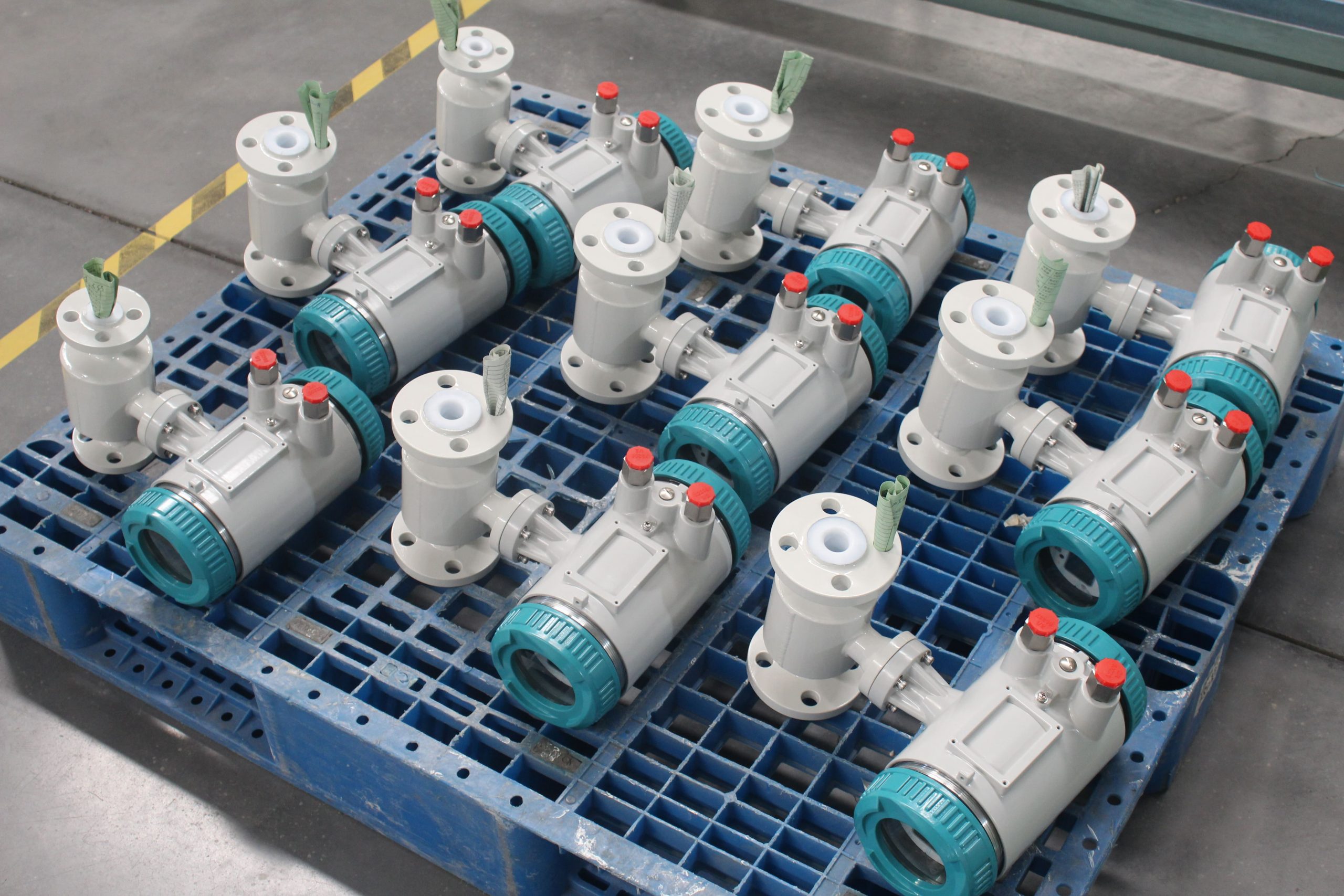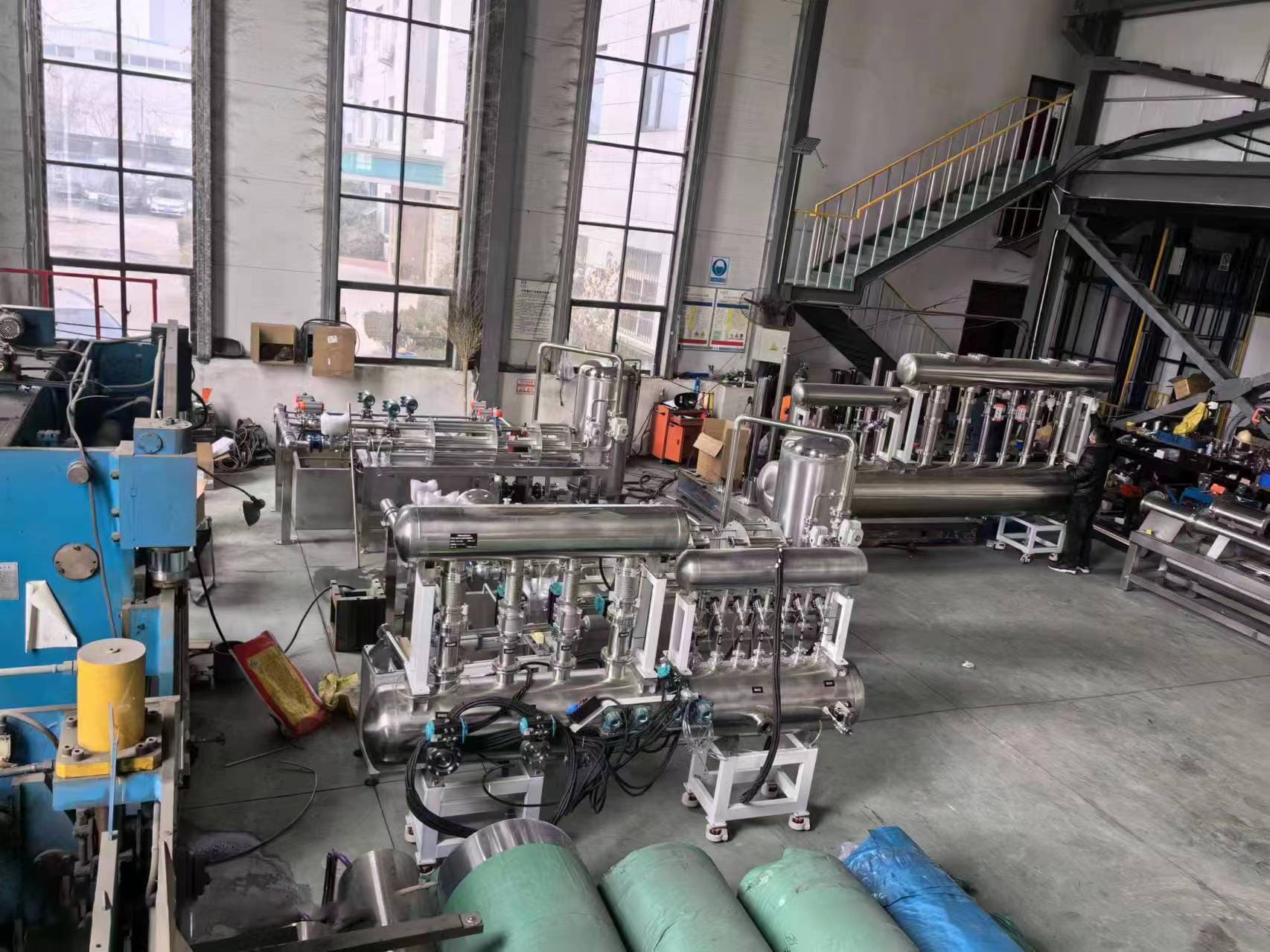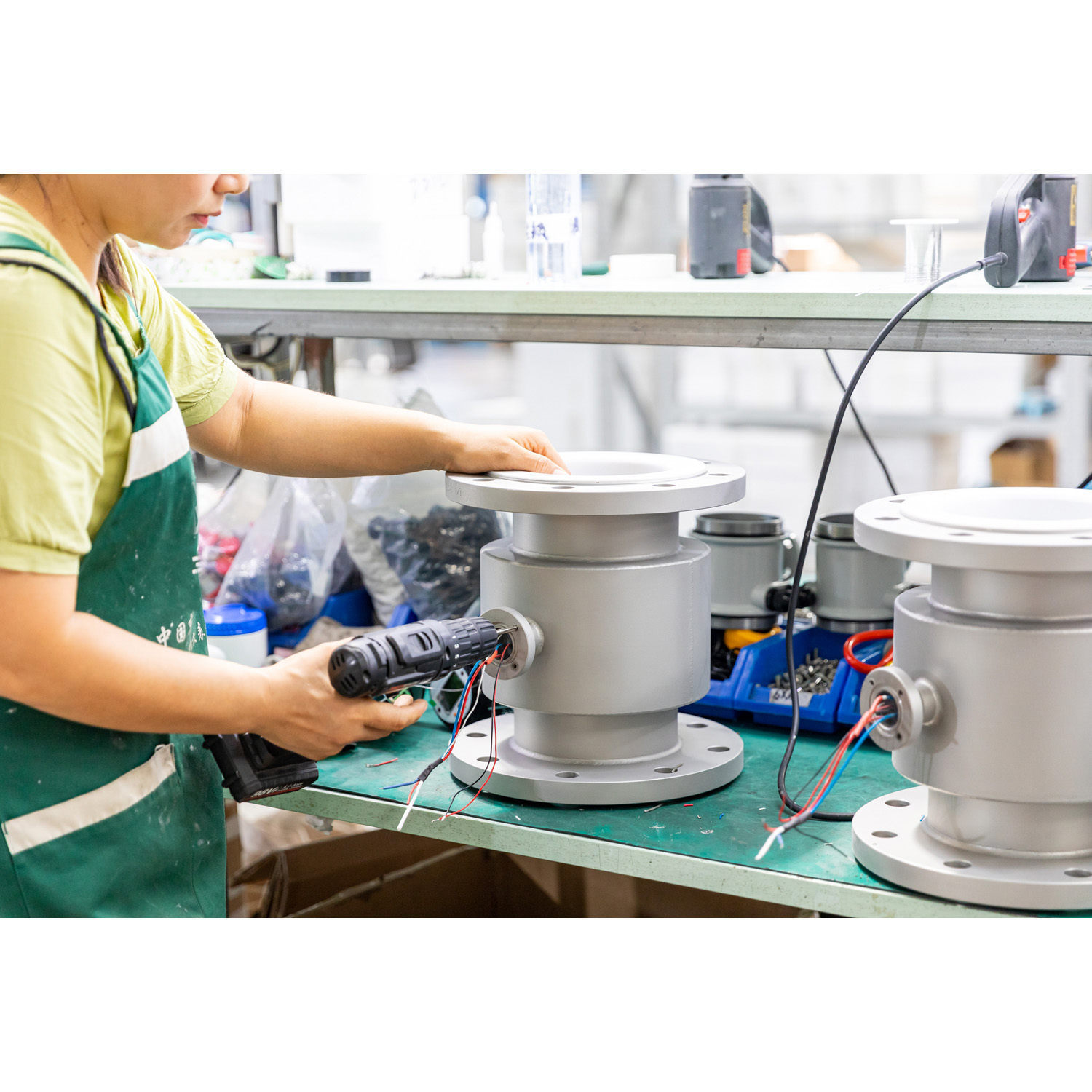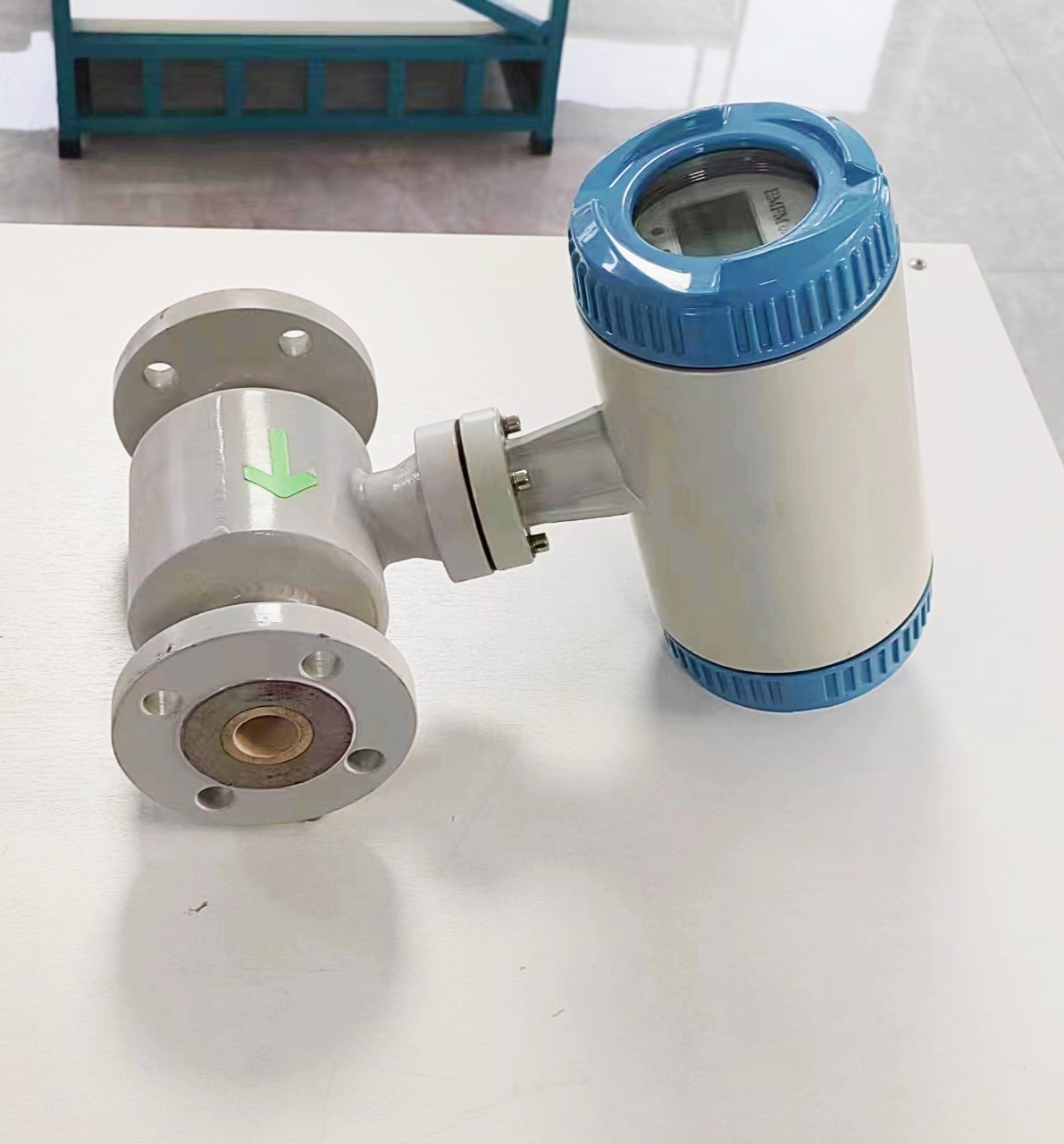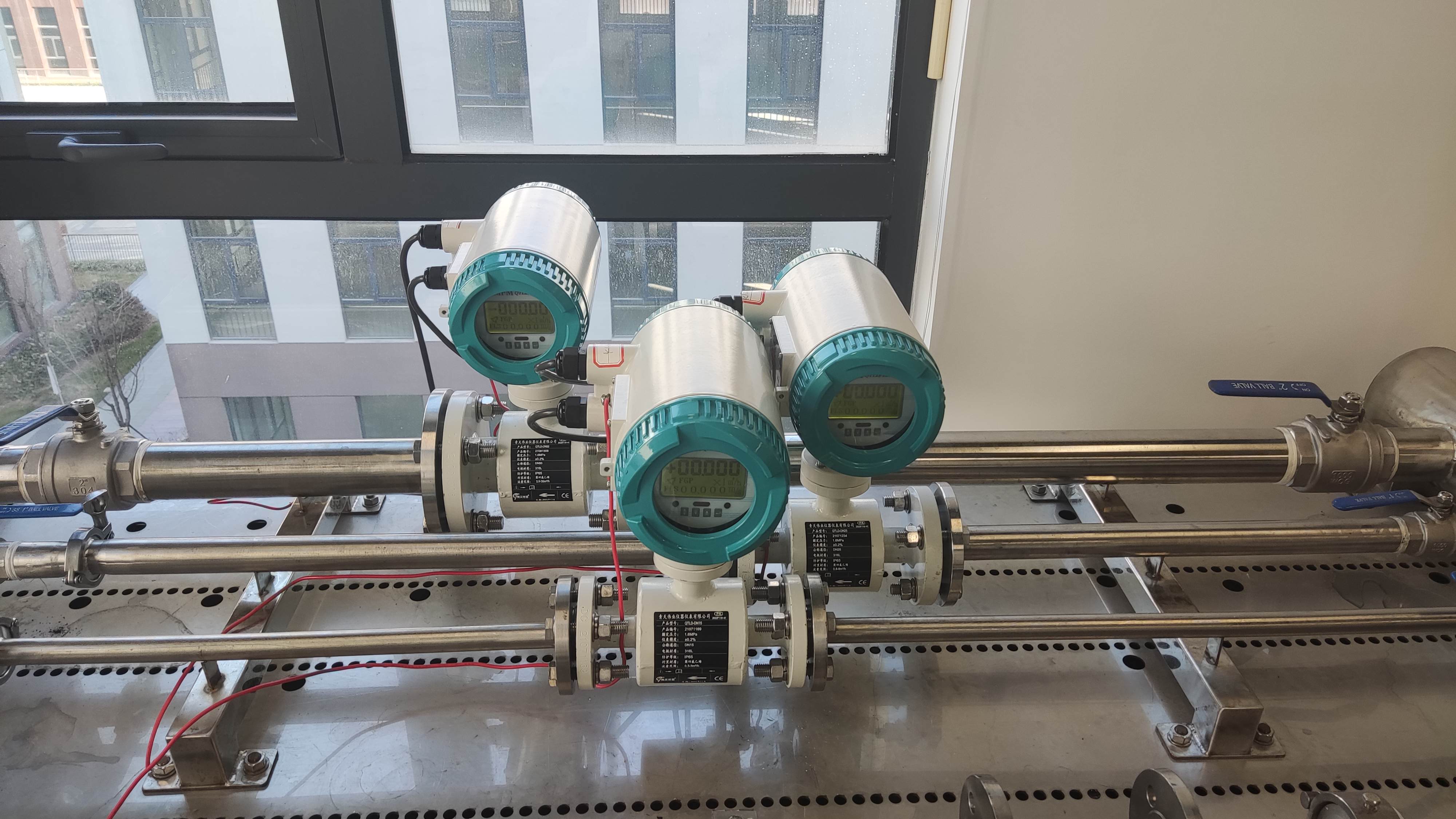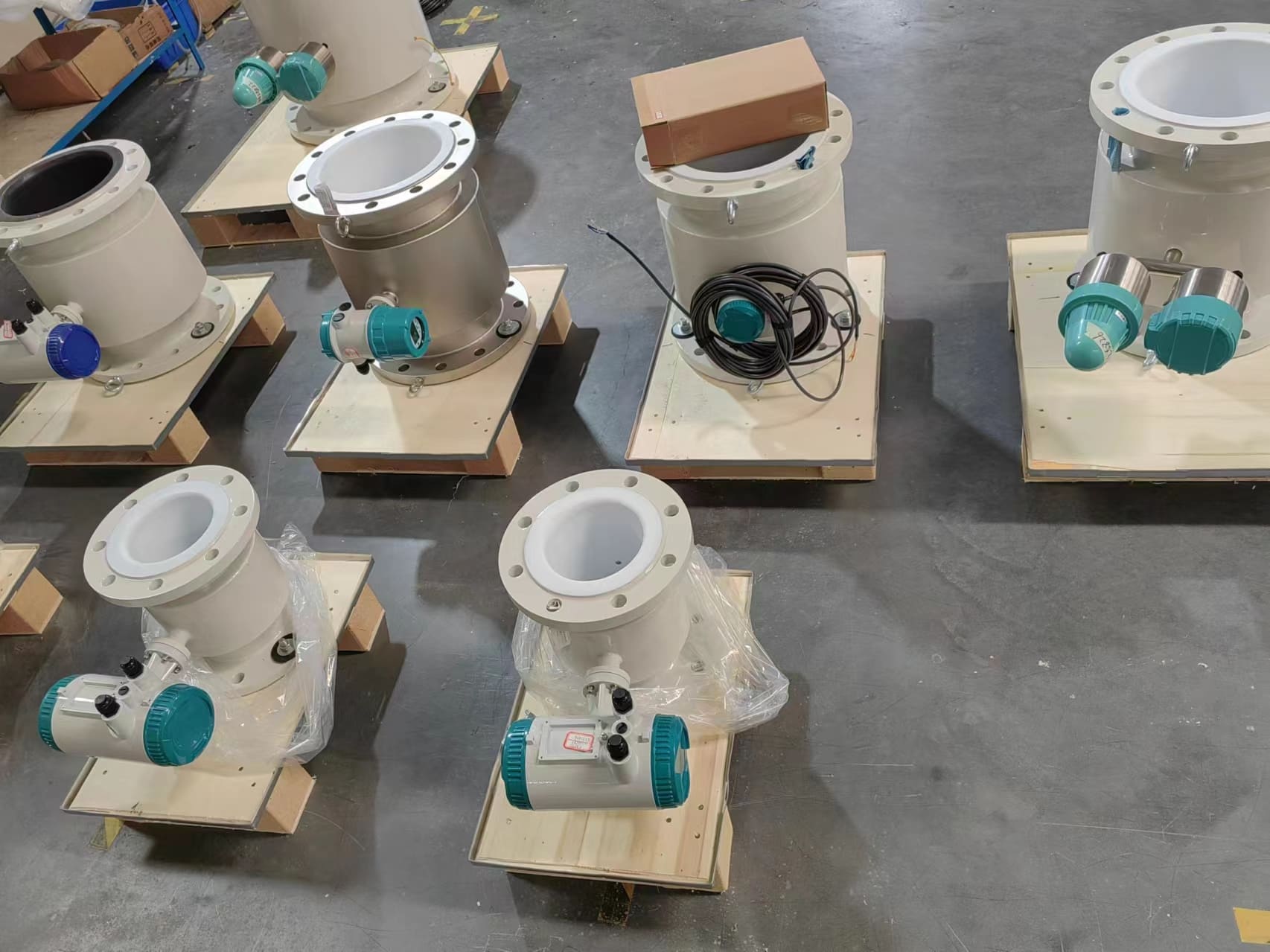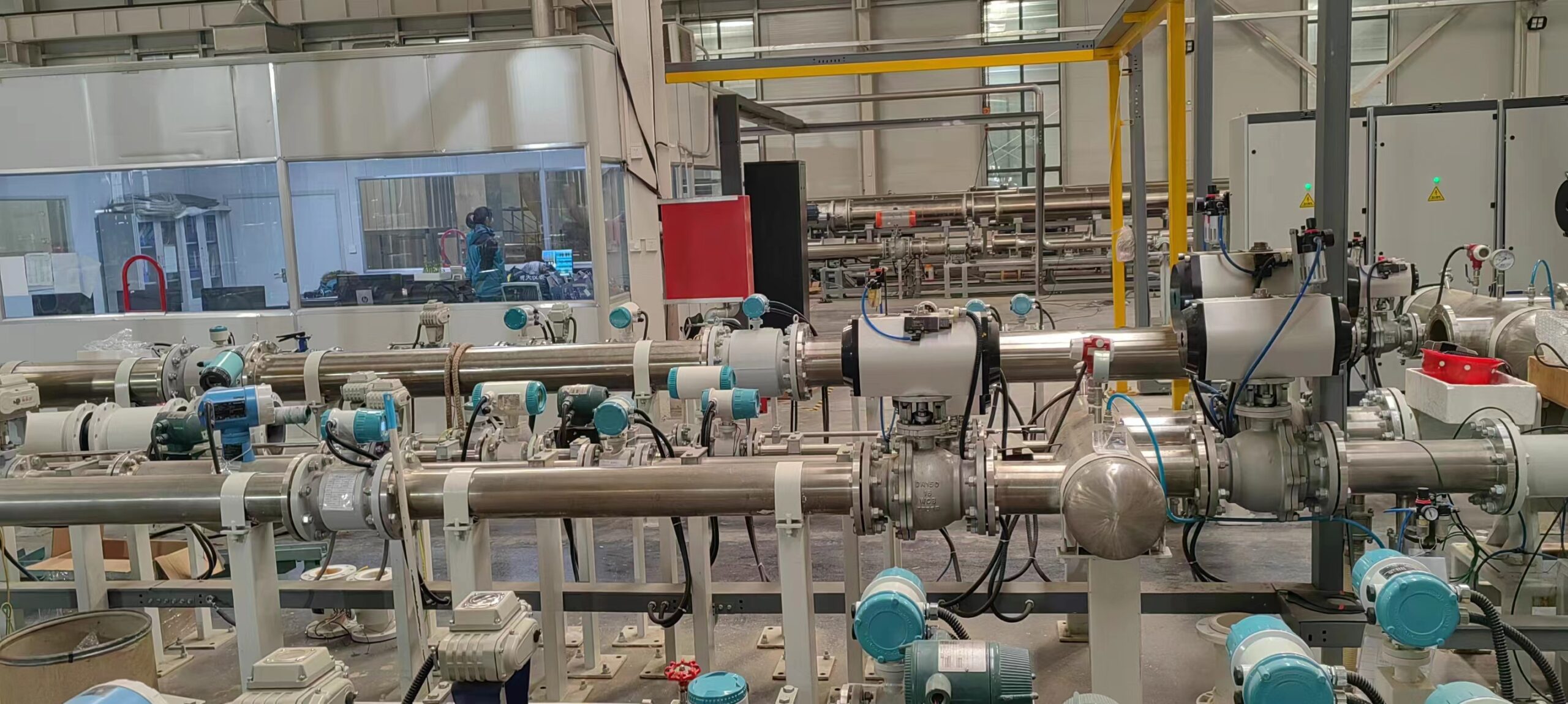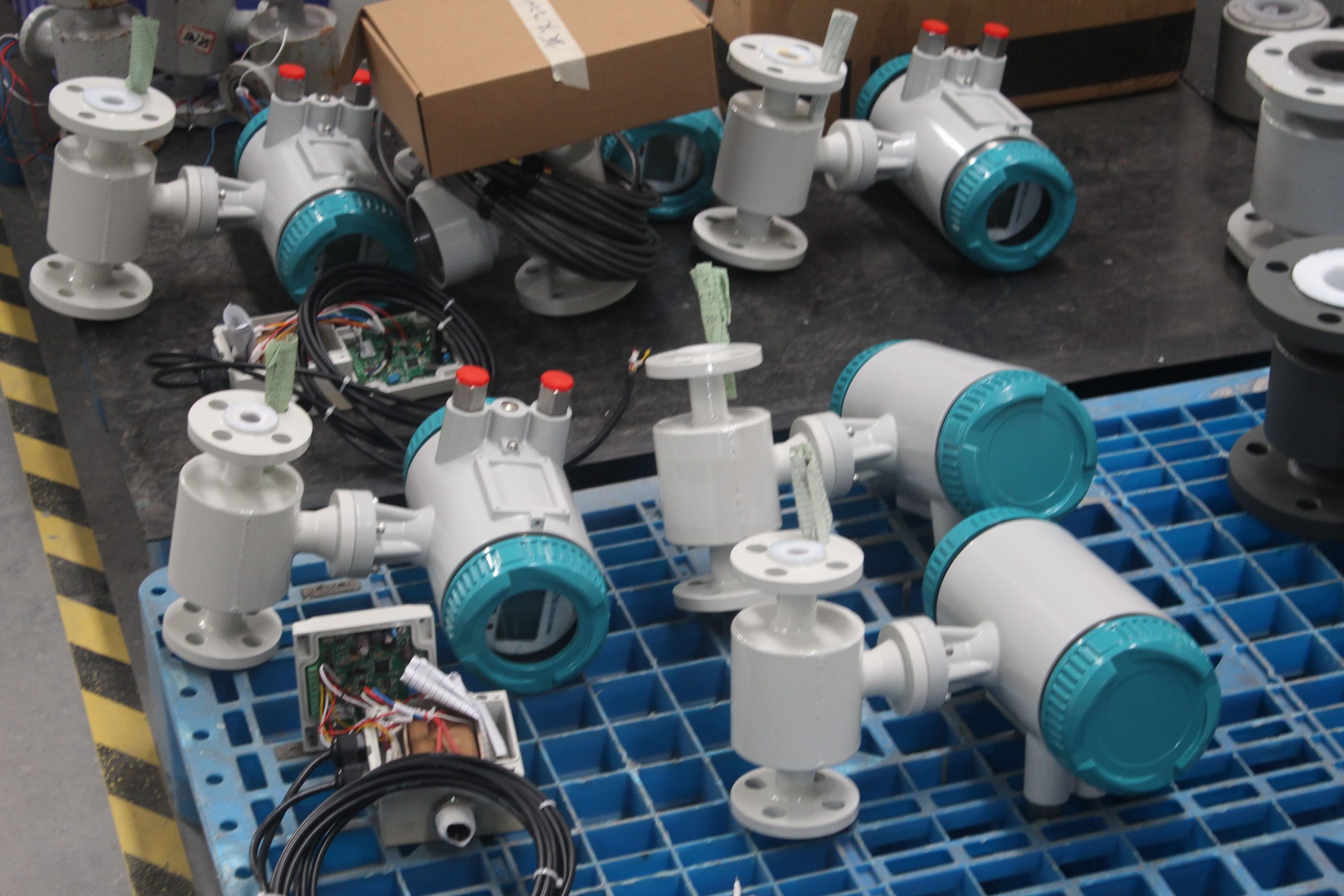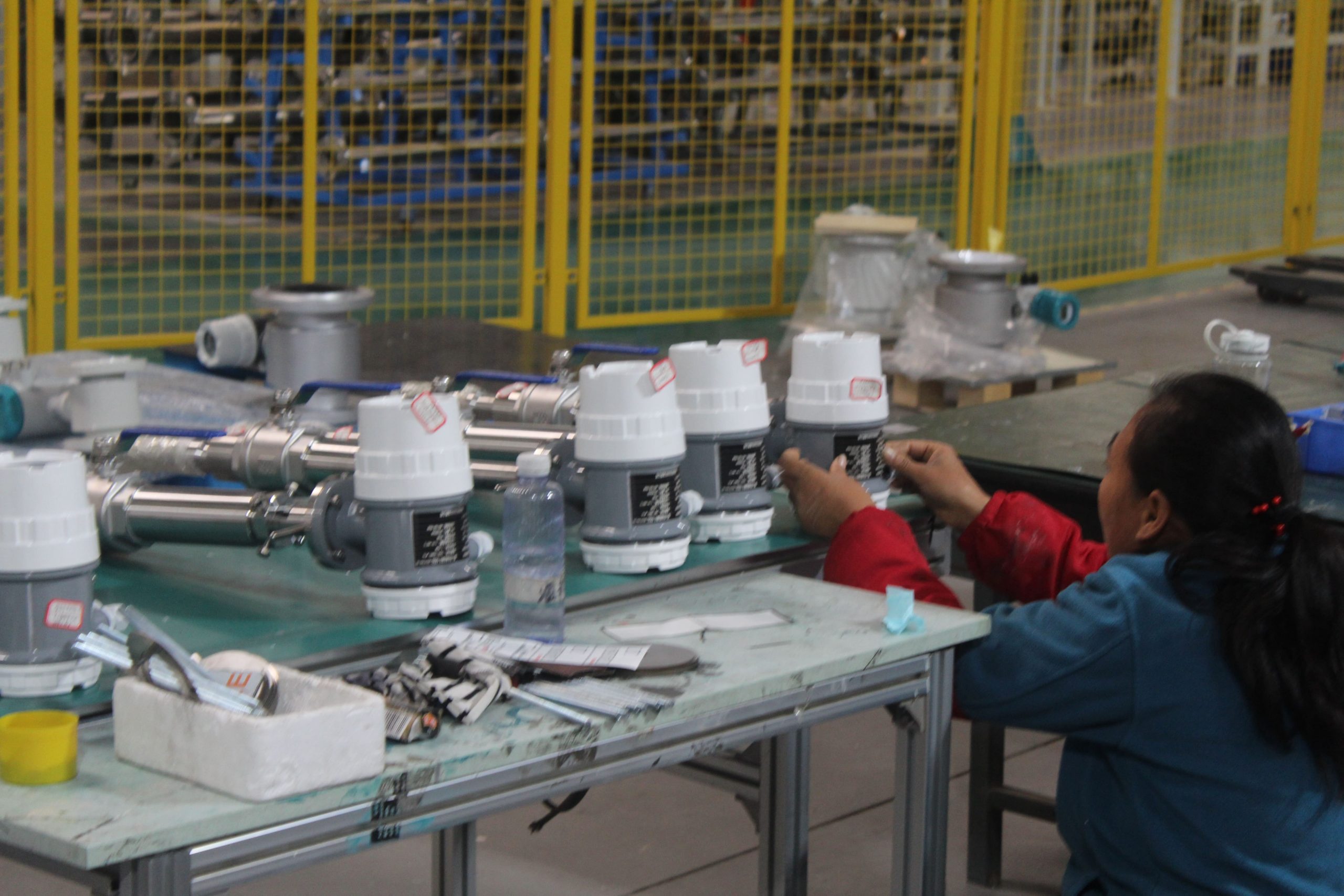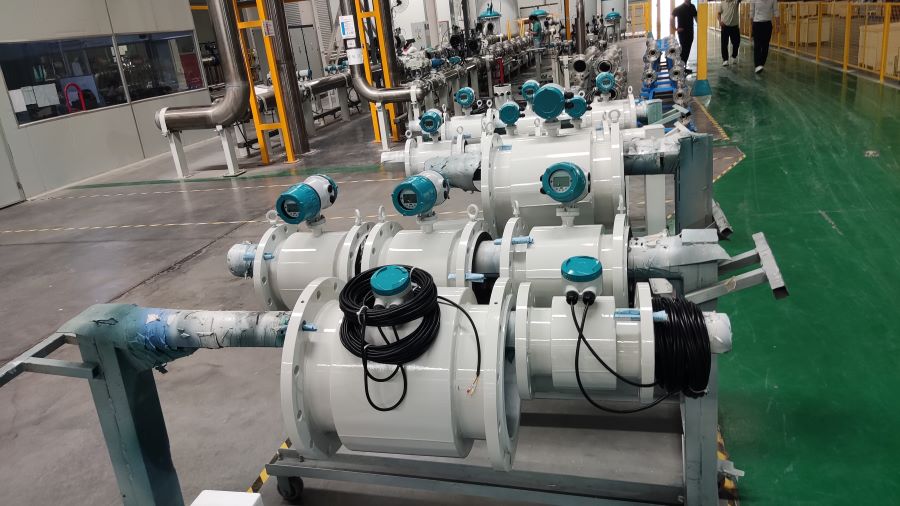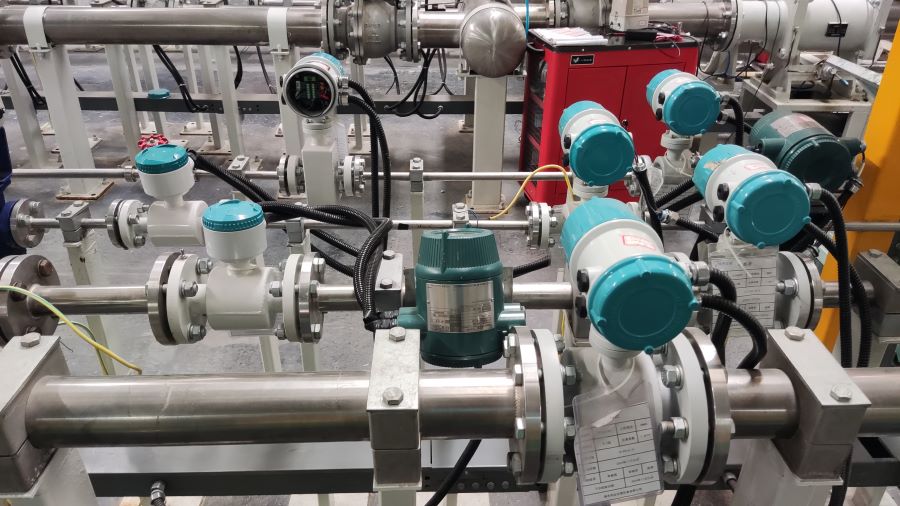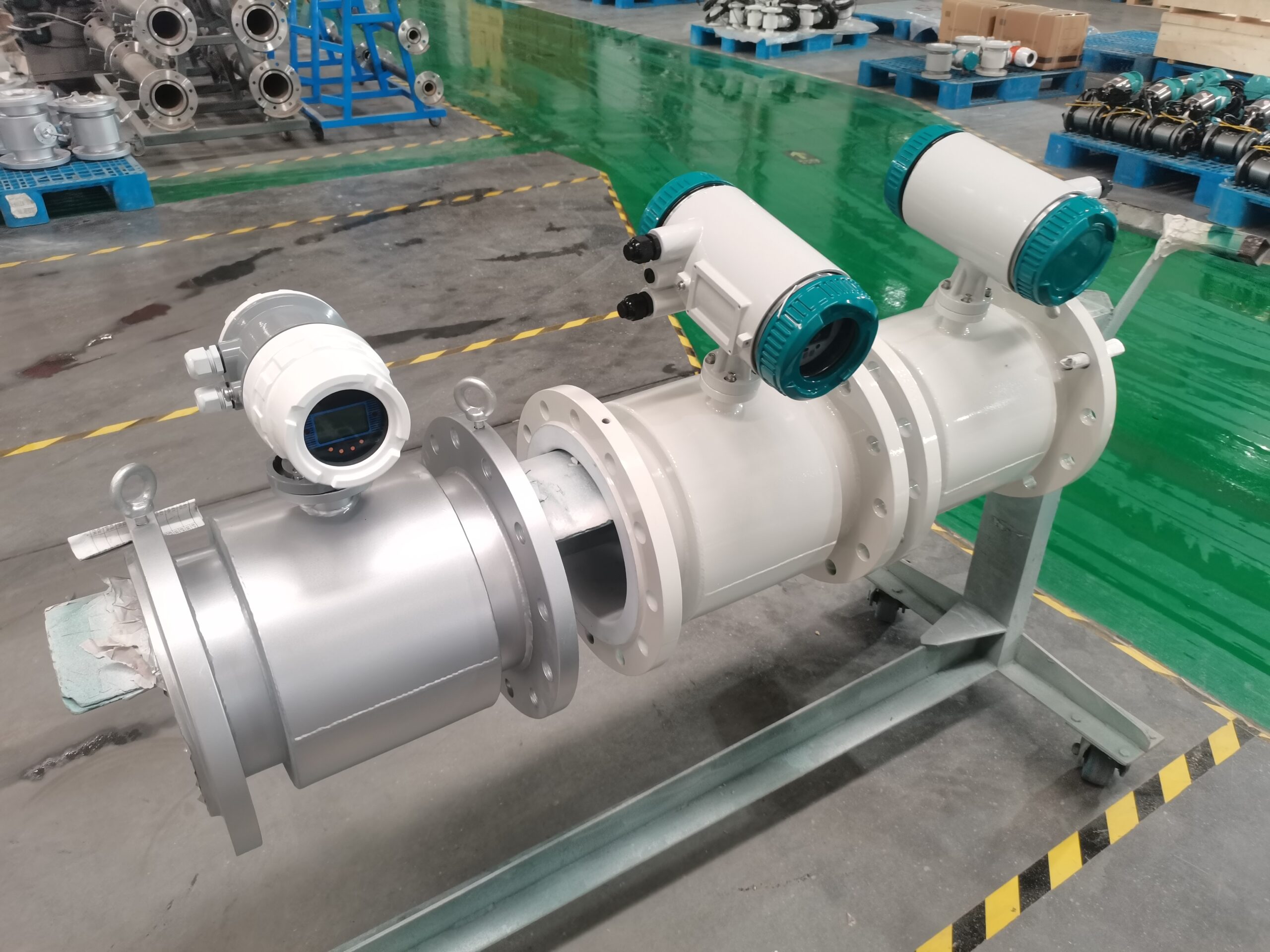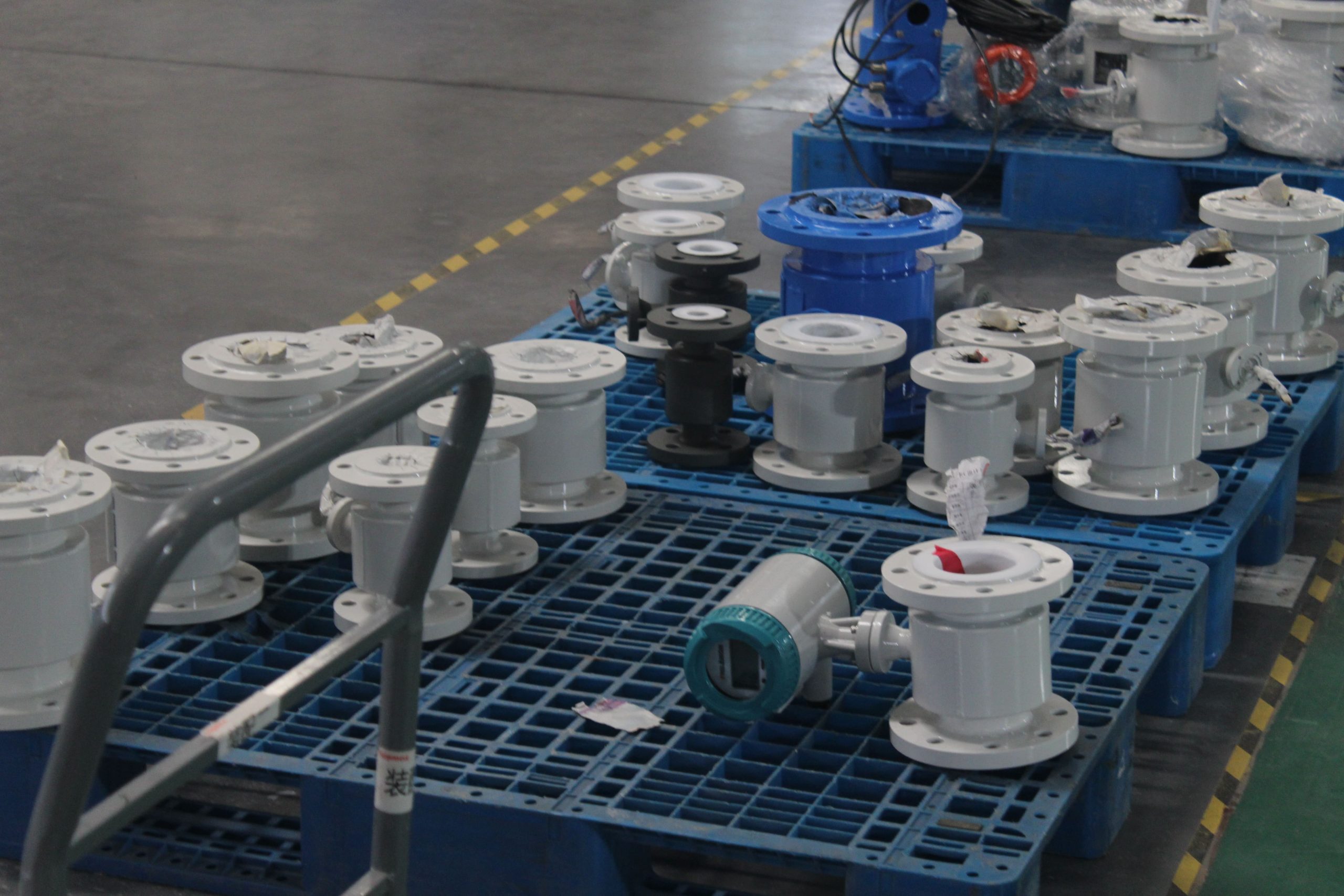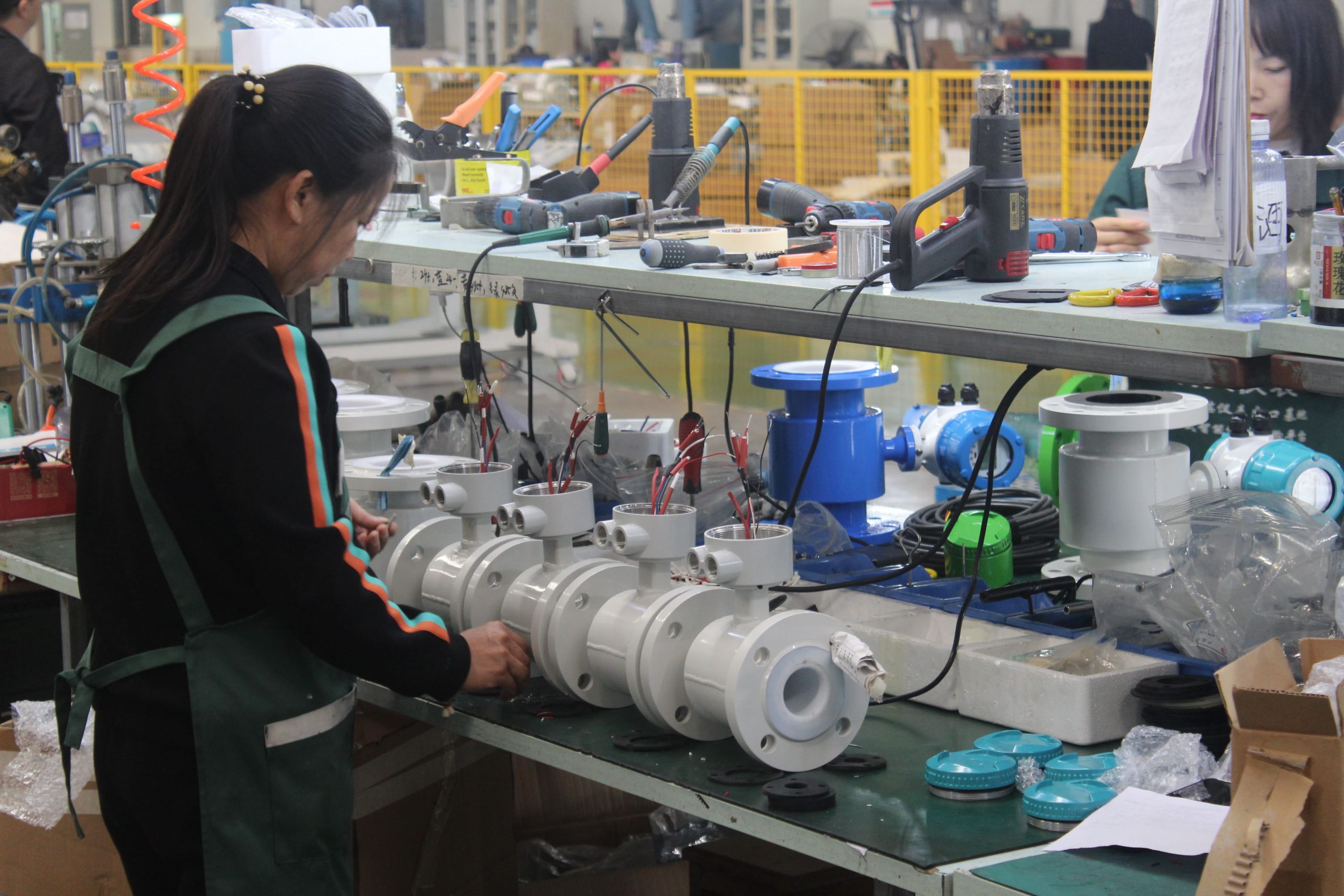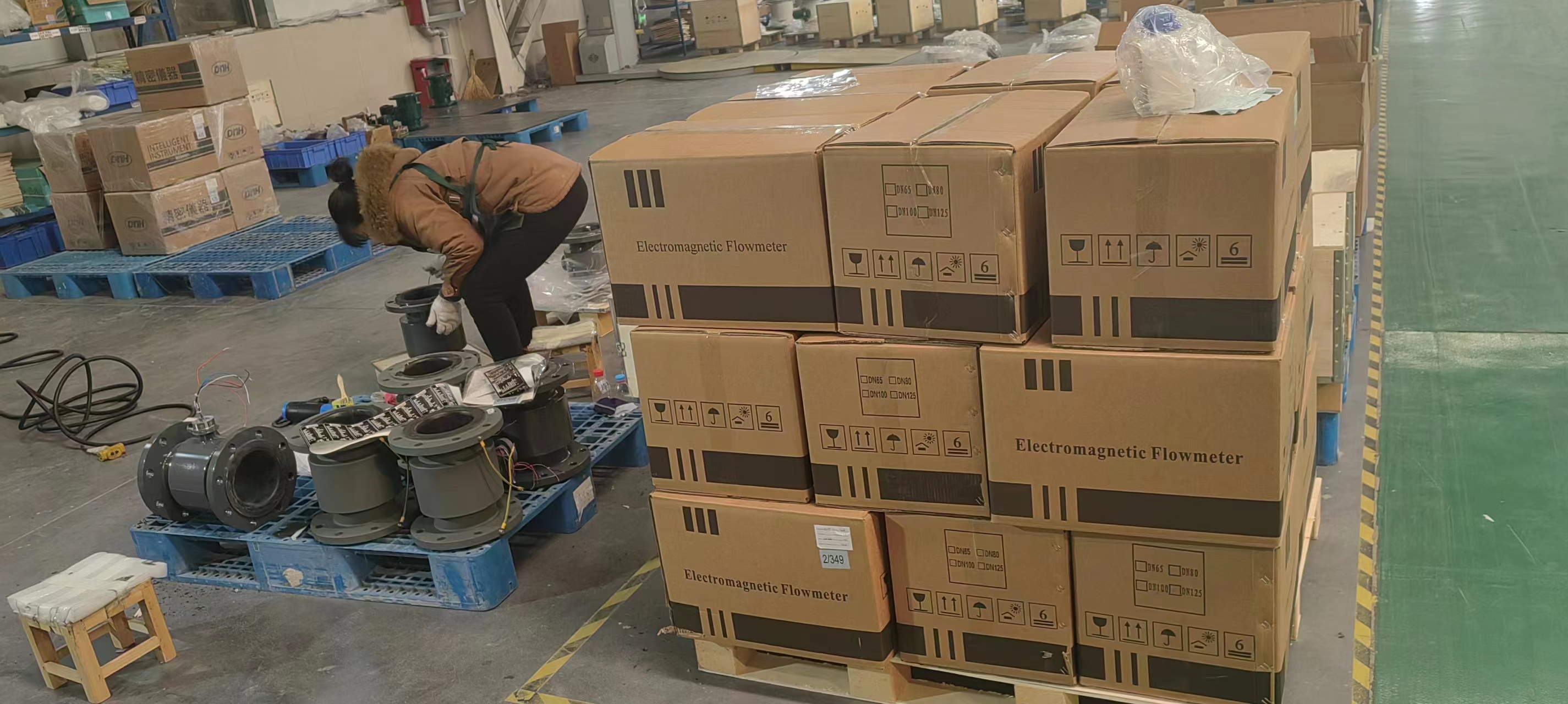The use of electromagnetic flowmeters to avoid several misunderstandings
Electromagnetic flowmeter, with high precision, long life characteristics, in chemical industry, environmental protection, metallurgy and other fields and industries have been applied. However, in the process of use, due to the influence of many factors, it is easy to cause the inaccurate measurement results of the electromagnetic flowmeter. So what are the reasons for the error of the electromagnetic flowmeter?
1. The liquid in the tube is not filled
Due to insufficient back pressure or poor installation position of the flow sensor, the liquid in the measuring tube is not filled, and the fault phenomenon is different due to the degree of insufficiency and flow status.
If a small amount of gas is stratified flow or wavy flow in the water pipe, the fault phenomenon shows that the error increases, that is, the measured flow value does not match the actual value;
If the flow is bubble flow or plug flow, the fault phenomenon not only does not match the measured value with the actual value, but also causes the output to shake because the gas phase covers the electrode surface instantaneously.
If the gas phase part of the cross section of the flow area increases in the stratified flow of the horizontal pipe, that is, the degree of liquid filling the pipe increases, the output sloshing will occur.
If the liquid is not fully filled, so that the liquid level is below the electrode, the output overfull phenomenon will occur.
2, liquid contains solid phase
The liquid contains solids such as powder, particles or fibers, which may cause faults. ① slurry noise; ② The electrode surface is contaminated; (3) The electrode or lining is covered by a conductive or insulating deposit layer; ④ The lining is worn or covered by sediment, and the circulation cross-sectional area is reduced.
3, may crystallize the liquid, electromagnetic flowmeter should be used with caution
Some chemical materials that are easy to crystallize can be measured normally under normal temperature, because the pipe that carries the fluid has good heat insulation, it will not crystallize during the heat insulation work, but the measuring tube of the electromagnetic flow sensor of Figueres is difficult to implement heat insulation, so the fluid flowing through the measuring tube is easy to cause a layer of solid on the inner wall due to cooling.
Since the use of other principles of the flow meter measurement also has crystallization problems, so in the absence of other better methods, can choose to measure the length of the tube is very short, a “oring” electromagnetic flow sensor, and the upstream pipe of the flow meter heat tracing insulation to strengthen. In the pipeline connection method, the flow sensor is considered to be easy to disassemble and install, and can be easily removed and maintained once crystallized.
4. Problems caused by improper selection of electrode and grounding ring materials
Due to the mismatch between the material and the measured medium, the electromagnetic flowmeter and the parts in contact with the medium have electrodes and grounding rings, and the mismatch is in addition to the corrosion resistance problem, as long as the electrode surface effect.

